
Introduction
Cyanidation has long been the dominant process for gold extraction in the mining industry due to its high gold recovery rates, process stability, relatively low production costs, and adaptability to various types of ores. However, the presence of copper - bearing minerals in gold ores during cyanidation can pose several significant challenges.
Copper minerals can react with cyanide, leading to the formation of copper - cyanide complexes. This not only results in a substantial increase in cyanide consumption but also has a negative impact on the leaching rate of gold. For instance, in the traditional cyanidation process of gold - copper ores and concentrates, high cyanide dosages are often required to maintain a sufficient CN:Cu molar ratio to achieve acceptable gold recovery. It has been reported that for every 1% of reactive copper present, about 30 kg/t of NaCN may be consumed. Additionally, the presence of copper minerals can lead to the formation of weak acid dissociable (WAD) species in the tailings, which may cause environmental concerns.
The Solution: Glycine in Cyanidation
Glycine, a simple and inexpensive amino acid that is widely available and environmentally friendly as it is easily metabolized in most organisms, has emerged as a potential solution to the problems associated with copper - bearing gold ores in cyanidation.
Mechanisms of Glycine's Action
1.Complexation with Copper Ions
In the cyanide - containing solution, glycine can form complexes with both cupric (Cu²⁺) and cuprous (Cu⁺) ions. The chemical reactions can be represented as follows:
With cupric ions: Cu²⁺ + 2NH₂CH₂COOH ⇌ [Cu(NH₂CH₂COO)₂] + 2H⁺
With cuprous ions: Cu⁺ + NH₂CH₂COOH ⇌ [Cu(NH₂CH₂COO)] + H⁺
By complexing with copper ions, glycine reduces the formation of copper - cyanide complexes. This, in turn, decreases the competition for cyanide ions between copper and gold, allowing more cyanide to be available for gold dissolution.
2.Enhanced Gold Dissolution
Glycine can act as an additional lixiviant for gold dissolution. In the presence of glycine, the dissolution rate of gold in solutions containing copper - cyanide species and very low or zero - free cyanide content is significantly improved. Molecular modeling studies have shown that in cyanide - deficient solutions, the cyanide in copper - cyanide complexes can be replaced by glycine. As a result, free cyanide is released, which promotes higher gold cyanidation.
Additionally, glycine can dissolve the passivation layers of compounds such as CuCN, AuCN, AuCN·CuCN, and Cu(OH)₂ on the gold and copper surfaces. This removal of passivation layers exposes more of the gold surface to the cyanide solution, facilitating the leaching process.
3.Influence on Copper Dissolution
In the case of sulfide ores, when glycine is added during cyanidation, it can increase the copper dissolution to some extent. This can break the copper - sulfide matrixes and release fine particles of gold that are locked within the copper - sulfide minerals. However, it is important to note that an excessive increase in copper dissolution may lead to higher cyanide consumption. In the case of the studied ores, it was found that increasing the glycine concentration up to 2.0 g/L (gly:Cu molar ratio of 2.2:1) increased the gold dissolution rate, but any further addition of glycine had no significant effect on gold dissolution while potentially increasing copper dissolution and cyanide consumption.
Experimental Evidence
Numerous experimental studies have demonstrated the positive effects of glycine in the cyanidation of copper - bearing gold ores.
For example, in a series of experiments using a synergistic lixiviant mixture of glycine and cyanide on gold - copper ores and concentrates, it was shown that in the presence of glycine, the extraction of gold, silver, and copper increased significantly in solutions with very low or zero - free cyanide concentrations. The gold dissolution rate in the glycine - cyanide system was almost three times higher than that in the conventional cyanidation process.
In another set of experiments on specific sulfide and oxide copper - bearing gold ores, when 5 kg/t of glycine was added during cyanidation, significant improvements were observed. For the 1# sulfide ore sample, the gold leaching rate increased by 0.83 percentage points, and the cyanide consumption decreased by 46.4%. For the 2# oxide ore sample, the gold leaching rate increased by 16.22 percentage points, and the cyanide consumption decreased by 14.9%. However, further increasing the glycine dosage from 5 kg/t to 15 kg/t did not lead to a significant increase in gold leaching but did increase copper leaching and cyanide consumption, indicating that an optimal glycine dosage exists.
Industrial Applications and Case Studies
Barrick, a major mining company, has been at the forefront of implementing the glycine - based leaching technology. In 2023. they launched a global test and implementation plan for their Glycat technology. At the Bulyanhulu gold mine in Tanzania, the Glycat pilot program achieved a remarkable 80% reduction in cyanide consumption while maintaining a gold recovery rate equivalent to that of the traditional cyanidation method. This not only significantly reduced the processing costs associated with cyanide but also led to a reduction in the environmental impact, as the mine's tailings were free of cyanide, resulting in lower pollution treatment costs.
Conclusion
The use of glycine in the cyanidation process of copper - bearing gold ores offers a promising solution to the challenges associated with traditional cyanidation. By reducing cyanide consumption, increasing gold recovery rates, and having a relatively low environmental impact, glycine - enhanced cyanidation can improve the economic viability and sustainability of gold mining operations. However, further research is still needed to optimize the process conditions, such as the precise determination of the optimal glycine dosage for different types of copper - bearing gold ores, and to fully understand the long - term environmental implications of using glycine in large - scale mining operations.
- Random article
- Popular articles
- Popular comments
- Branch serial flow flotation process for lead-zinc ore
- Lithium ore reverse flotation process
- Processing Lithium Ore: Artificial Selection, Gravity Separation, Flotation
- Chromite Gravity and Magnetic Separation Process
- Molybdenite Grinding and Separation Process
- Polymetallic Molybdenum Ore Processing: Magnetic Separation and Flotation
- Barite Combined Beneficiation: Key Process Insights




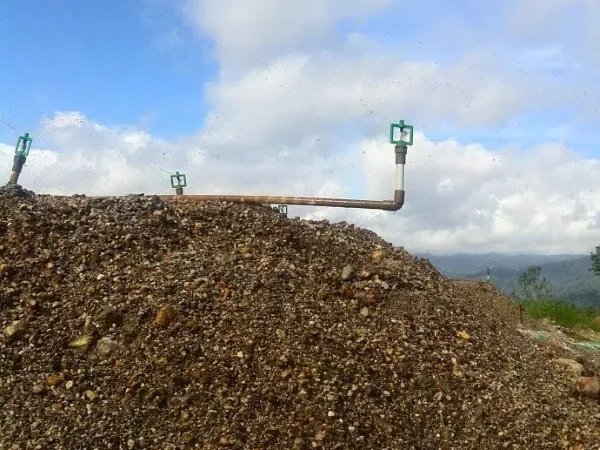
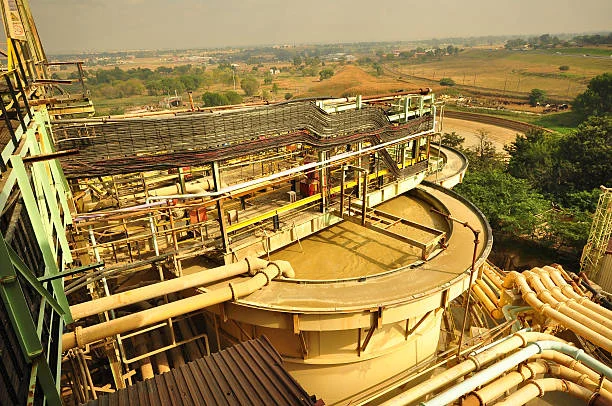

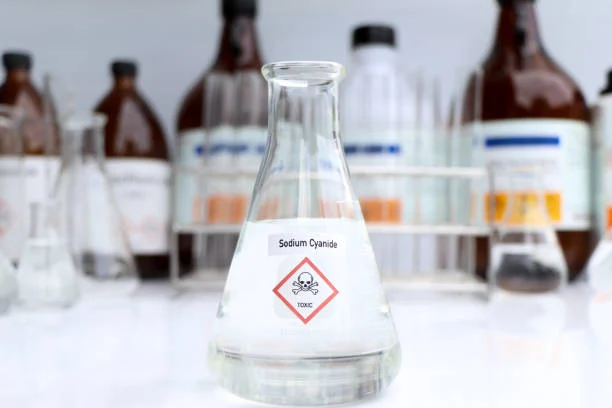

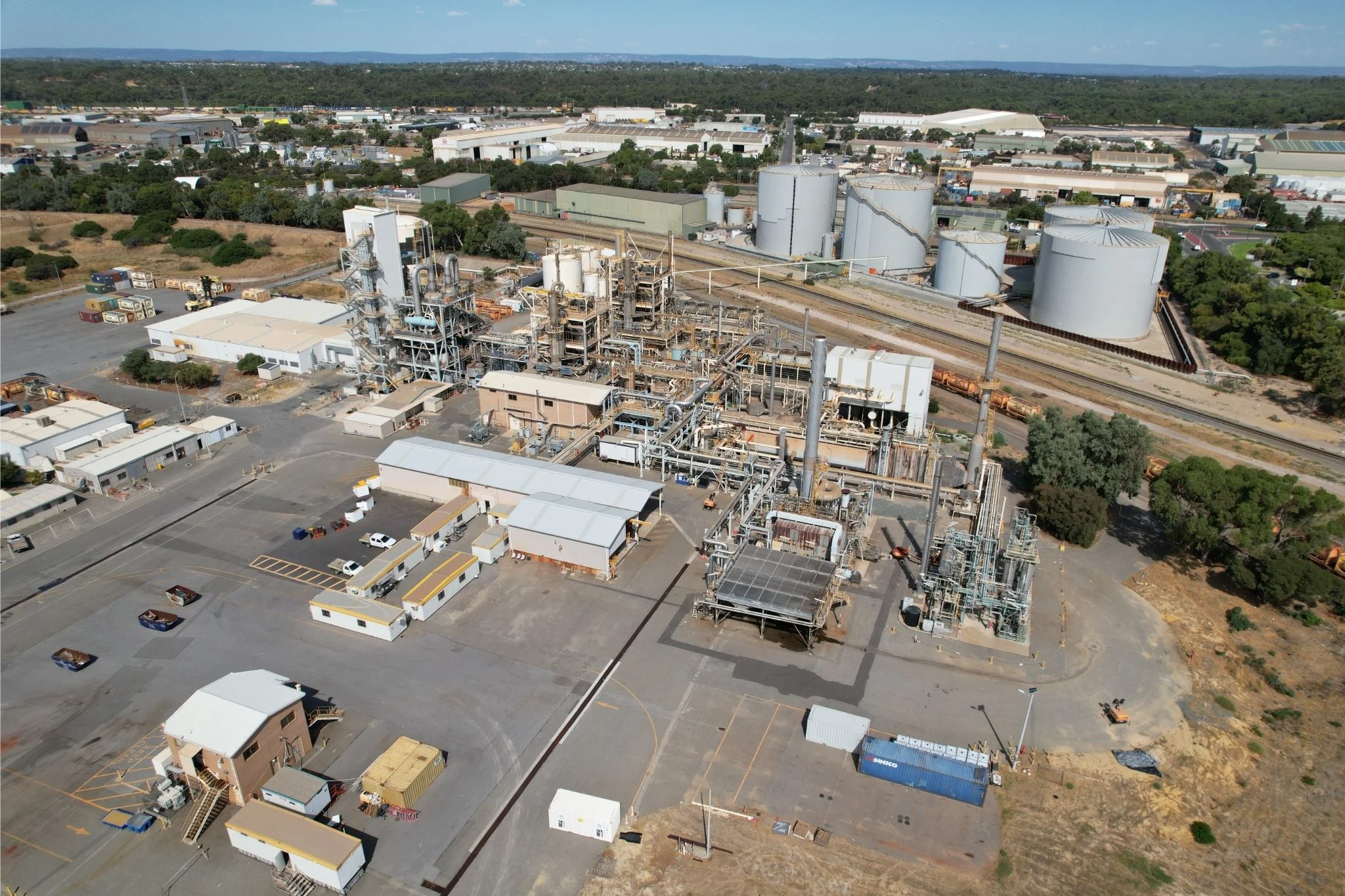
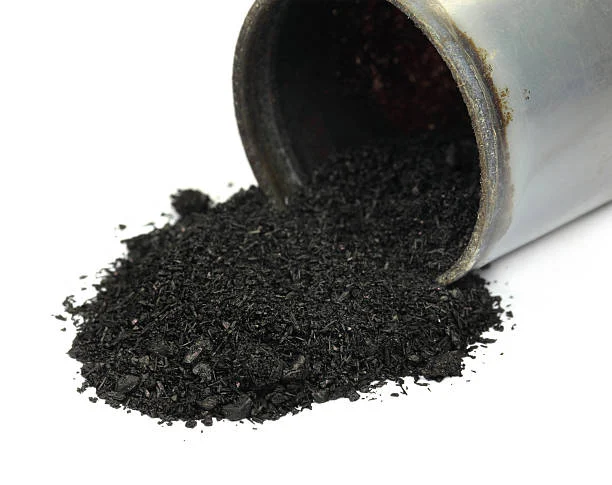
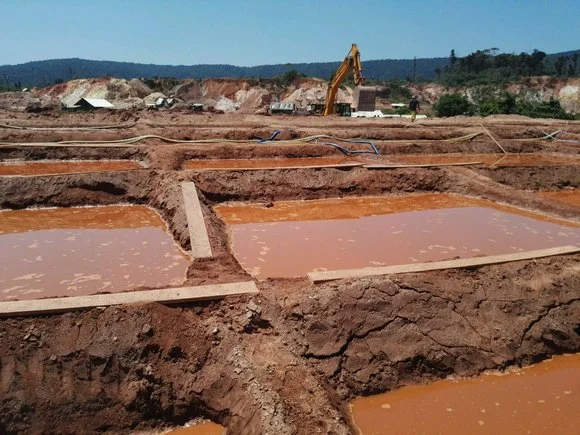
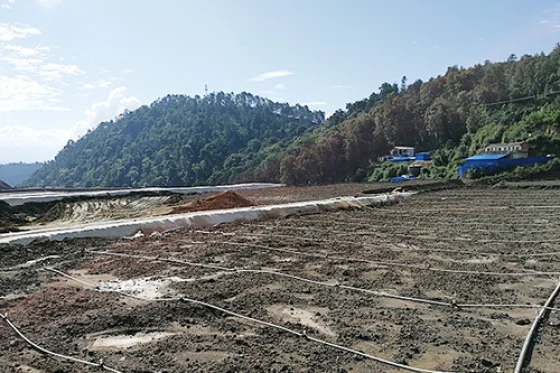
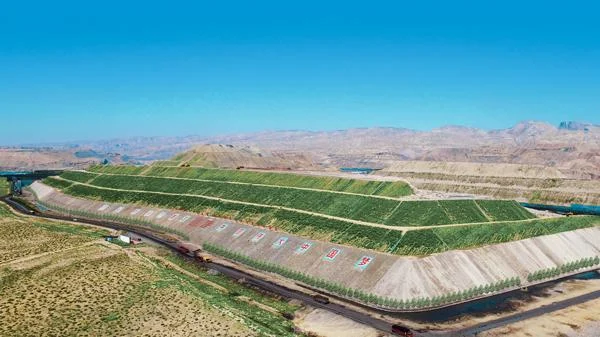

Leave a message with your needs or comments
Add comment: